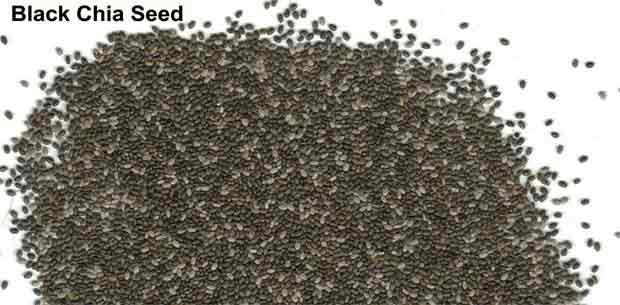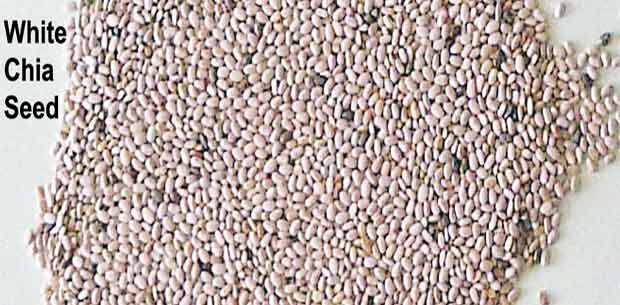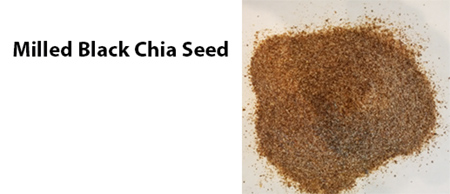Protein and oil content, peroxide index and fatty acidcomposition of chia (Salvia hispanica L.) grown in six tropical and sub-tropical ecosystems of South America
Ricardo Ayerza (h) and Wayne Coates
Office of Arid Lands Studies
The University of Arizona
Tucson, Arizona 85750
Protein content, oil content, peroxide index, and fatty acid composition of chia seeds grown in tropical and sub-tropical ecosystems of South America were measured. A significant difference (P<0.05) in protein content, peroxide index, oil content and fatty acid composition among locations was detected. Cerro Prieto (Peru) seeds had a significantly (P<0.05) higher protein content (23.1%) than the other locations, with seeds from Yoshioka (Columbia) and Colonia del Valle (Argentina) having the lowest protein contents (18.7 and 18.8%, respectively). Seeds from Santa Cruz (Bolivia), Cerro Prieto (Peru), and Colonia del Valle (Argentina) had the highest oil contents; 32.7%, 32.5% and 32.4%, respectively. The main fatty acid was α-linolenic, with Cerro Prieto seeds having a significantly (P<0.05) higher percentage (64.2%) than the others. In general the lowest α-linolenic fatty acid contents were produced by chia grown in the Inter Andean Valley and Yungas ecosystems, with the highest yields coming from the Great Chaco (Humid, Arid, and Semiarid) and the Atacama Desert ecosystems. Based on these findings it appears that the Great Chaco and Atacama Desert ecosystems are better suited for producing chia seeds having a high α-linolenic content than are the other areas.
Tropical Science, 44(3):131-135 (2005).







